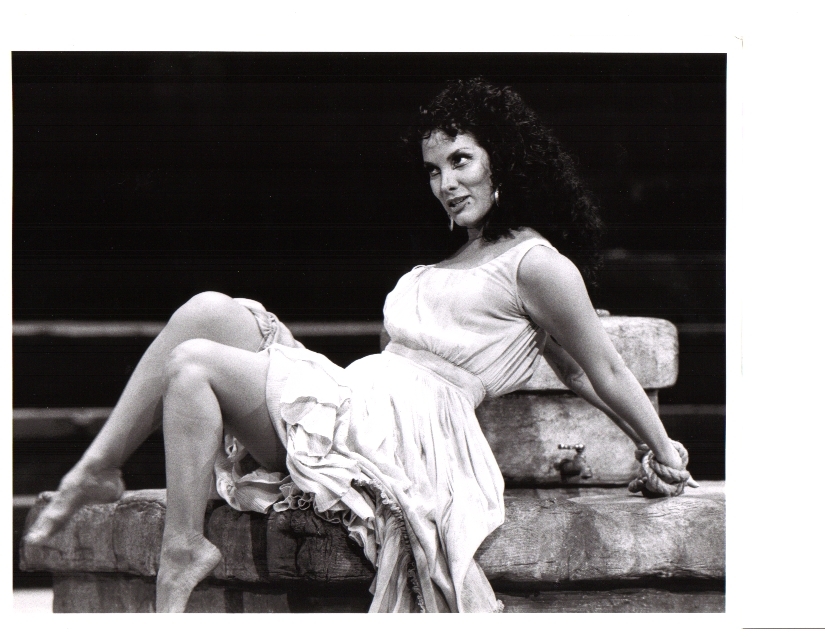Actors, take note! Acting is acting whether you are miming silently, speaking into a microphone, or on the operatic stage.
Whenever people hear a beautiful speaking voice, they say, “Oh, you should get into voice overs — it’s easy!” Think again. Voice acting, because that is what it is, is far from easy. You don’t have scenery, fabulous lighting, dance and costumes to help get your point across — it’s all up to you and those little bits of tissue in your throat to lure your listener into a world of your creation.
So how do you go about creating a memorable character? And believe me that character better be memorable, not just for your readers, but for you. Suppose you are recording an audio book that has 5 or 10 characters — all of them you!
First, it helps to know what kind of a learner you are. Are you kinesthetic, where the physical is predominant for sense memory? Are you aural, is hearing your avenue of choice or are you a visual learner, and do your eyes paint your memories? Whatever your key learning style is start there. For example, I am visual kinesthetic so I start with how the character looks physically, how they appear to me visually, and lastly, what they sound like.
Just yesterday I was working with a UK client and she had to find the voice for a young surfer who was caught in an unforgiving wave. Because we didn’t have the full story, we had to use our imaginations. Most of the time research in your book or your short story or your ad will give you all the clues you need to gather the skeleton, the muscles, the skin, and perhaps even the clothes, of your selected character. In this case, we had to use our imaginations. You must find a way to make the character real to you to be able to impersonate him or her.
Okay, back to our surfer, we made him 15 years old, nicknamed The Wave Master, tall, slender, muscular and concave in his body stance (we chose that because body posture makes a big difference in how you breathe – and therefore in the sound of your voice). His hair was sun-streaked dirty blonde and he wore a hat inscribed, “I’m the greatest.” He was all urges and bravado. The first thing to go was the bravado as he realized this could be it — curtains — a terminal wipeout.
You see, here we have used kinesthetic and visual to flesh out our character – let’s continue. He walks with that curious combination of grace and adolescent clumsiness. Finally, his voice, changing, cracking, assured one minute, a bleating kid the next.
As you can imagine creating a voice like this demands excellent control of your instrument — especially if you’re 35-year-old woman! We will go into how to use your vocal instrument to create things like accents, differences in age and sex in further articles.
I have to physically connect with a character before I can give it life. In other words, I’m using my predominant learning styles to create a character that is memorable for me, understandable to me, because I can’t give away or create what I don’t posses.
One time on stage with Palm Beach Opera I simply couldn’t find the key to a character. The challenge was a very feminine woman becoming a very bored, wealthy and slightly cynical man, Prince Orlovsky in Strauss’s Die Fledermaus. I found him when I tried on my costume; by that time I was getting mighty scared, but at last, I found him. My costars were all over 6 feet tall, I was 5 inches shorter. As the Prince, I found my short stature infuriating and that attitude was the trampoline for the rest of his character and behavior.
So you see, one little detail can bring a character to life for you. As actors, and as voice actors, your greatest learning tool is observing the humans around you. Get on a bus and watch how bodies hold themselves, listen to how people use their voices and try to imitate those voices. You have school all around you. I wish you a joyous learning experience -throw your fear out the window and go share your creations.


